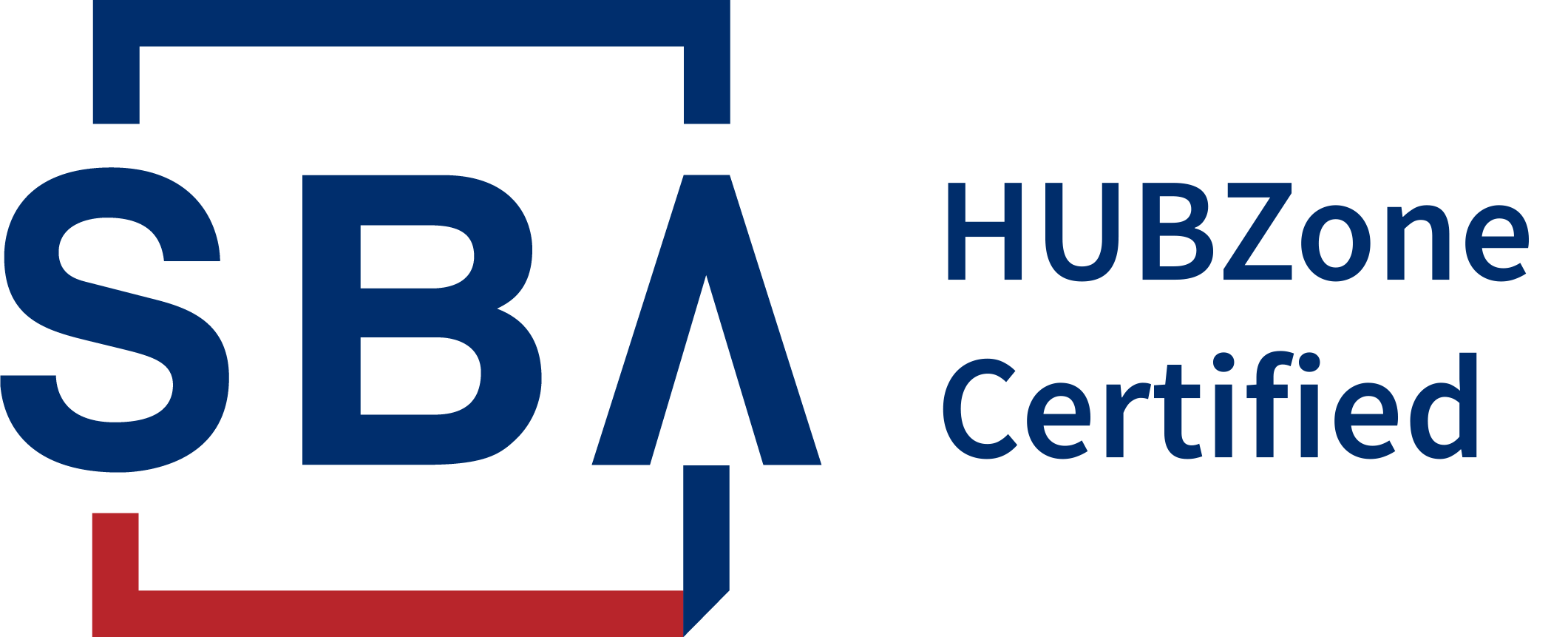This blog delves into the essence of PLM software, its benefits, best practices for implementation, and a glimpse into the future of PLM for Small Businesses. In the competitive world of small businesses, staying ahead in product development and management is crucial for sustainability and growth. Product Lifecycle Management (PLM) emerges as a pivotal tool in achieving these goals, offering a systematic approach to managing the complete lifecycle of a product.
Understanding PLM and Its Significance
At its core, Product Lifecycle Management (PLM) is an information management system that integrates data, processes, business systems, and people in an extended enterprise. PLM allows businesses to manage the entire lifecycle of a product efficiently, from inception through engineering design and manufacture, to service and disposal.
For small businesses, PLM offers a myriad of benefits that can significantly impact their operational efficiency and market competitiveness. It streamlines processes, enhances product quality, reduces time-to-market, and leads to substantial cost savings. By adopting PLM, small businesses can better manage their product data and processes, enabling more informed decision-making and fostering innovation.
Best Practices in PLM for Small Businesses Implementation
Selecting the appropriate PLM software is the first step towards successful implementation. Small businesses should consider factors such as the software’s scalability, compatibility with existing systems, ease of use, and specific features relevant to their industry. It’s essential to opt for a solution that aligns with the business’s current needs while also accommodating future growth.
Integrating PLM software with existing business systems like ERP (Enterprise Resource Planning) and CRM (Customer Relationship Management) is vital for creating a cohesive and efficient operational environment. Effective integration ensures seamless data flow across all platforms, enhancing data accuracy and accessibility.
Implementing PLM is not just about installing software; it requires a cultural shift within the organization. Comprehensive training for all users is crucial to ensure they are comfortable and proficient with the new system. Additionally, selecting a PLM provider that offers robust support and regular updates can help small businesses navigate any challenges and keep their systems up-to-date.
Leveraging PLM for Business Growth
One of the standout benefits of PLM is it has the ability to foster collaboration both internally among teams and externally with partners and suppliers. PLM creates a centralized repository of product information, making it easier for everyone involved in the product lifecycle to access and share data. This improved collaboration leads to more innovative products and faster time-to-market.
In today’s data-centric world, the ability to make informed decisions based on accurate data is invaluable. PLM provides small businesses with powerful data analytics tools to analyze product information and derive actionable insights. Whether it’s identifying trends, forecasting demand, or assessing the feasibility of a new product, PLM empowers businesses to make data-driven decisions.
PLM is not just a tool for managing existing products; it’s a catalyst for continuous improvement and innovation. By providing a comprehensive overview of the product lifecycle, PLM enables small businesses to identify areas for enhancement, streamline processes, and innovate more effectively. Success stories of small businesses leveraging PLM to drive innovation abound, serving as inspiration for others to follow suit.
The Future of PLM for Small Businesses
The landscape of PLM is continually evolving, with new technologies and trends shaping its future. Cloud-based PLM solutions are becoming increasingly popular, offering smaller businesses scalability and flexibility without the need for significant upfront investment. Artificial intelligence (AI) and machine learning (ML) are also being integrated into PLM systems, enabling more sophisticated data analysis and predictive modeling.
To capitalize on the advancements in PLM, small businesses need to stay informed and adaptable. Embracing cloud-based solutions, exploring AI and ML capabilities, and investing in training and development are critical steps in preparing for the future of PLM. By doing so, small businesses can ensure they remain competitive in an ever-changing market landscape.
PLM for Small Businesses: Growth and Innovation
These tools represents a strategic asset for small businesses, offering the tools and insights needed to excel in product development, management, and innovation. By understanding the benefits of PLM for Small Businesses, implementing best practices, and staying abreast of future trends, small businesses can leverage PLM to achieve operational excellence and sustainable growth. As we look to the future, the role of PLM in small business success is set to become even more significant, making now the perfect time to embark on the PLM journey. Contact us today to learn more about how PLM can transform your small business and drive success.




